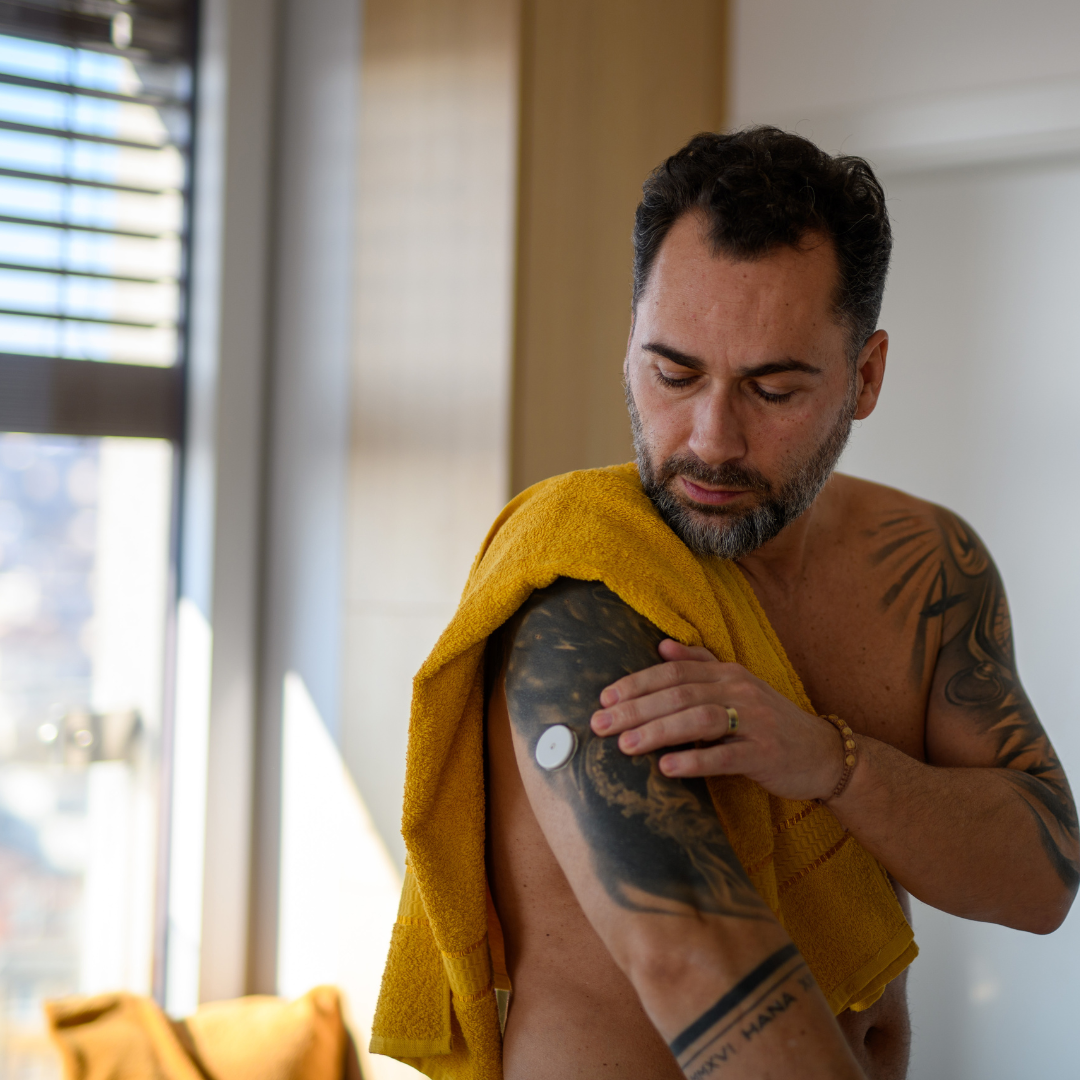Tattoos and Diabetes: What You Need to Know

Getting a tattoo can be a fun way to express yourself. But if you have diabetes, there are some important things to think about before getting inked.
Because diabetes can affect how your body heals and fights infection, it’s important to take extra care when planning for a tattoo. Here’s what you need to know.
Before You Get a Tattoo
Before you get a tattoo, make sure your blood sugar is in control. If your blood sugar is uncontrolled it can extend or complicate the healing process and increase your risk of infection.
Talk to your doctor. If you’re living with diabetes and thinking about getting a tattoo, it’s a smart idea to check in with your doctor or members of your care team. They can help you decide if your body is healthy enough for a tattoo right now.
Choose a licensed tattoo artist. Make sure the tattoo shop is clean and follows safety rules. It’s important to look around and make sure it looks clean and tidy. Look for a professional artist who uses new, sterile needles that are opened in front of you and wears new, clean gloves. In most locations, tattoo shops are required to have a license, often issued by a department of health.
Areas to Avoid
Certain parts of the body may not be the best place for a tattoo when you have diabetes.
Avoid tattooing near injection or infusion sites. If you use insulin shots, a pump, or a continuous glucose monitor (CGM), avoid areas like your stomach, arms, or thighs where devices are often placed.
And stay away from spots with poor circulation. For people with diabetes, areas like the feet, ankles, and shins might take longer to heal or be more likely to get infected.
Be Careful While You’re Getting Your Tattoo
Getting the tattoo takes time, and your body might react differently when you have diabetes.
Here’s how to stay safe during your session.
- Bring snacks or glucose tablets. Long sessions can cause your blood sugar to drop, so be prepared in case you start to feel shaky or tired.
- Consider telling your artist you have diabetes. They should know so they can give you breaks or stop the session if needed.
- Dress comfortably and stay relaxed. This helps your body stay calm and keeps your blood sugar more stable.
- Avoid long sessions if possible. If your tattoo is big, it might be better to schedule it in smaller sessions instead of doing it all at once.
Aftercare Tips
Taking care of your tattoo after you get it is very important – especially when you have diabetes.
- Follow the artist’s instructions. They’ll tell you how to clean the area and what products to use.
- Keep it clean and dry. Wash gently with mild soap and water, then pat it dry.
- Avoid picking or scratching. Even if it itches, don’t scratch! Doing so could lead to infection or scarring.
- Watch for signs of infection. Redness, swelling, pus, or pain that gets worse could be a sign something’s wrong. Call your doctor if that happens.
Think Before You Ink
Having diabetes doesn’t mean you can’t get a tattoo. It just means you need to plan a little more carefully. Make smart choices, take care of your skin, and talk to your doctor to make sure you’re ready. With the right steps, you can get inked safely and enjoy your new tattoo with confidence.
Author: Kelley Soucy, RN, CDCES | CCS Health
This site is for educational purposes only. Talk to your doctor or healthcare provider before making any decisions about your health.



